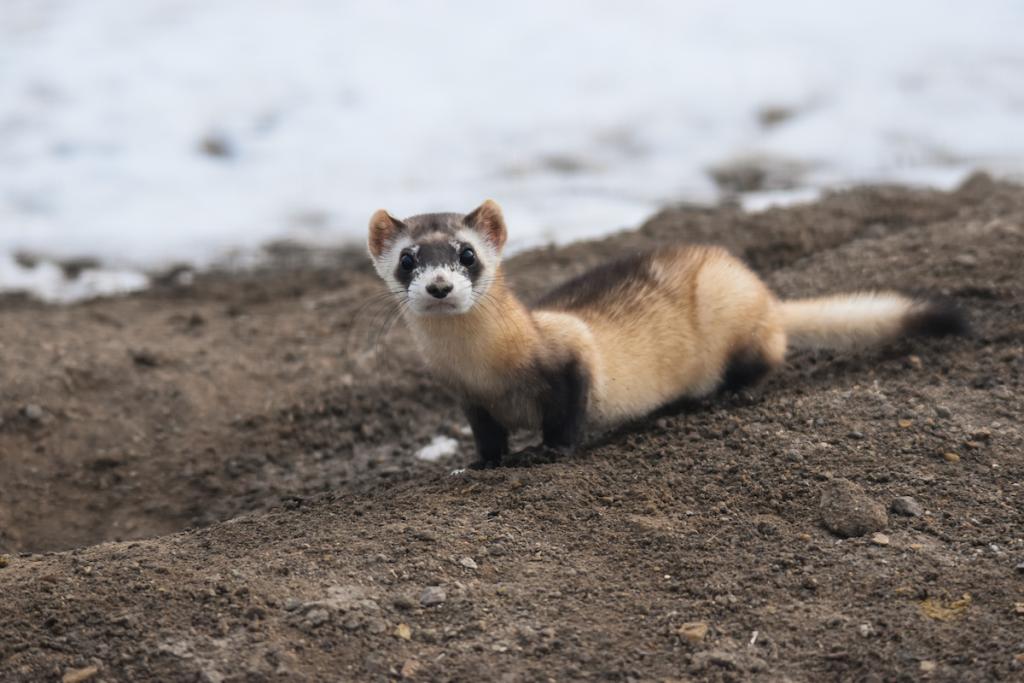Colorado Parks and Wildlife seeks public feedback on the draft process to select Species of Greatest Conservation Need


Public feedback will be accepted online via the EngageCPW website from June 11 to July 9, 2024. This is the first opportunity for input on the 2025 SWAP, but there will be others throughout the planning process. The draft SWAP is due to the U.S. Fish and Wildlife Service in September 2025.
‘Species of Greatest Conservation Need’ are defined as species that are the most vulnerable and need conservation support to maintain healthy ecosystems. CPW posted an SGCN Draft Selection Criteria to gather input from the public on how CPW will identify and categorize species. Species include amphibians, birds, fish, mammals, mollusks and crustaceans, and reptiles. CPW is still developing the process to determine the SGCN for plants and Invertebrates.
Public feedback will be used to ensure that the species included in the 2025 SWAP are consistent with the expectations of Colorado’s wildlife conservation community and stakeholders.
This public engagement opportunity allows the public to provide input on a critical resource that will guide the conservation of species most in need.
“This type of public engagement helps our agency increase awareness about the importance of wildlife conservation projects, align conservation priorities among stakeholders, and improve access to the SWAP development process and its outcomes,” said Terrestrial Section Deputy Manager for Species Conservation David Klute.
CPW is a leader in wildlife conservation and manages over 960 species in the state, and that number continues to grow with the reintroduction of gray wolves and newly passed bills to reintroduce wolverines and conserve native invertebrates and rare plants.
To help manage and support Colorado's biodiversity, CPW conducts investigations and surveys of species to develop information about wildlife populations, habitat needs, limiting factors, and other biological and ecological data. This information helps identify conservation and management measures that protect these critical species.
State Wildlife Action Plans
State Wildlife Action Plans are intended to provide a roadmap for reducing threats, improving habitat, and increasing understanding to benefit our species most in need of conservation. Decades of work to secure dedicated and sustained funding to conserve the full array of fish and wildlife species has yet to see permanent funding. However, about 25 years ago Congress created the State and Tribal Wildlife Grants (SWG) program. SWG has a two-pronged approach (of funding and planning) to address work that focuses on species of greatest conservation need.
The 2025 SWAP will be elevated in CPW programs and resource allocation decisions as well as promote collective action for SGCN through increased use as a ‘Call to Action’ with our partners. To support these efforts, we will increase relevance by building robust Elements through more meaningful inclusion of additional taxa (i.e., rare plants and invertebrates), climate change, and adaptability to emerging threats. We have also added a new category of SGCN, a subset of species known as Species of Greatest Information Need (SGIN) which are species believed to be of conservation concern, but we are lacking enough information to confirm their status. It will be a more proactive planning document that drives CPW’s work, leverages other plans, work groups, and data, and is structured so that our successes and challenges can be assessed over time.
For more information on CPW’s mission and conservation work, visit https://cpw.state.co.us/Conservation
Colorado Parks and Wildlife (CPW) is an enterprise agency, relying primarily on license sales, state parks fees and registration fees to support its operations, including: 43 state parks and more than 350 wildlife areas covering approximately 900,000 acres, management of fishing and hunting, wildlife watching, camping, motorized and non-motorized trails, boating and outdoor education. CPW's work contributes approximately $6 billion in total economic impact annually throughout Colorado.
DISCLAIMER: The Colorado Parks and Wildlife (CPW) website maintains press releases containing historical information that may no longer be accurate. Press releases are dated, which should be noted to determine whether the information provided is current. Please review our current regulations and brochures for up-to-date information.
 Bridget O'Rourke
Bridget O'Rourke